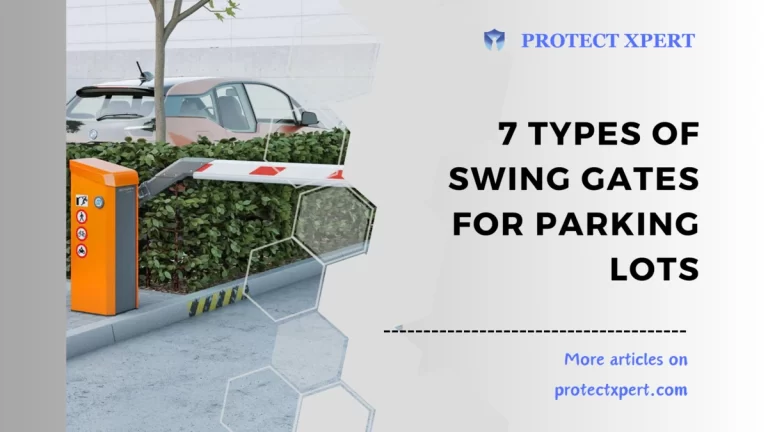What is a Traffic Arm? How Do They Work?
Did you know that traffic accidents are a leading cause of fatalities worldwide? In fact, according to recent statistics, road traffic crashes claim the lives of around 1.35 million people each year and injure countless others.
With such alarming numbers, it’s crucial to implement effective traffic management systems to ensure the safety and efficiency of our roadways. One such innovative solution that has solved this problem in recent years is the traffic arm.
In this article, we will delve into what a traffic arm is, how it works, and its significance in regulating traffic flow. So, buckle up, and let’s explore the world of traffic arms!
What is a Traffic Arm?

A traffic arm is a mechanical device used in traffic control systems to regulate the movement of vehicles at intersections. It consists of a sturdy metal arm that extends horizontally over the roadway, typically mounted on a pole or a gantry.
The arm is capable of rotating horizontally, allowing it to control the flow of traffic by either permitting or restricting the passage of vehicles.
How Does a Traffic Arm Work?
When it comes to managing traffic, timing is everything. Traffic arms are designed to operate in synchronization with traffic signals and other control mechanisms.
They are programmed to move in specific patterns, indicating to drivers when they should proceed or come to a stop.
By strategically positioning traffic arms at key intersections, traffic engineers can effectively guide the flow of vehicles, minimizing congestion and reducing the risk of accidents.
When the traffic light turns green, the traffic arm rotates to a horizontal position, allowing vehicles to pass underneath. This indicates to drivers that they have the right of way and can proceed safely.
Conversely, when the traffic light turns red, the traffic arm swings vertically, blocking the passage of vehicles. This signals to drivers that they must come to a stop and wait for the light to change.
What are the Benefits of Traffic Arms?

Here are some benefits of traffic arms:
1. Improved Traffic Flow
By controlling the movement of vehicles at intersections, traffic arms help to optimize traffic flow, reducing congestion and delays. This is especially crucial during peak hours when traffic volume is high.
2. Enhanced Safety
Traffic arms play a vital role in enhancing road safety. By clearly indicating when drivers should stop or proceed, they minimize the risk of collisions and promote orderly traffic behavior.
3. Efficient Intersection Management
Traffic arms facilitate efficient intersection management by synchronizing with traffic signals. They ensure that vehicles from different directions can safely navigate the intersection, minimizing the chances of conflicts and accidents.
4. Flexibility and Adaptability
Traffic arms can be programmed and customized to suit the specific requirements of different intersections. They can be adjusted to accommodate different traffic patterns, pedestrian movements, or even special events, ensuring maximum efficiency.
Conclusion
In conclusion, traffic arms are a valuable tool in modern traffic management systems. They provide an effective means of regulating traffic flow, improving safety, and facilitating efficient intersection management.
By working in tandem with traffic signals, these mechanical devices contribute to the overall goal of reducing accidents and easing congestion on our roadways.
READ ALSO!!!




